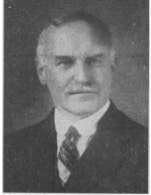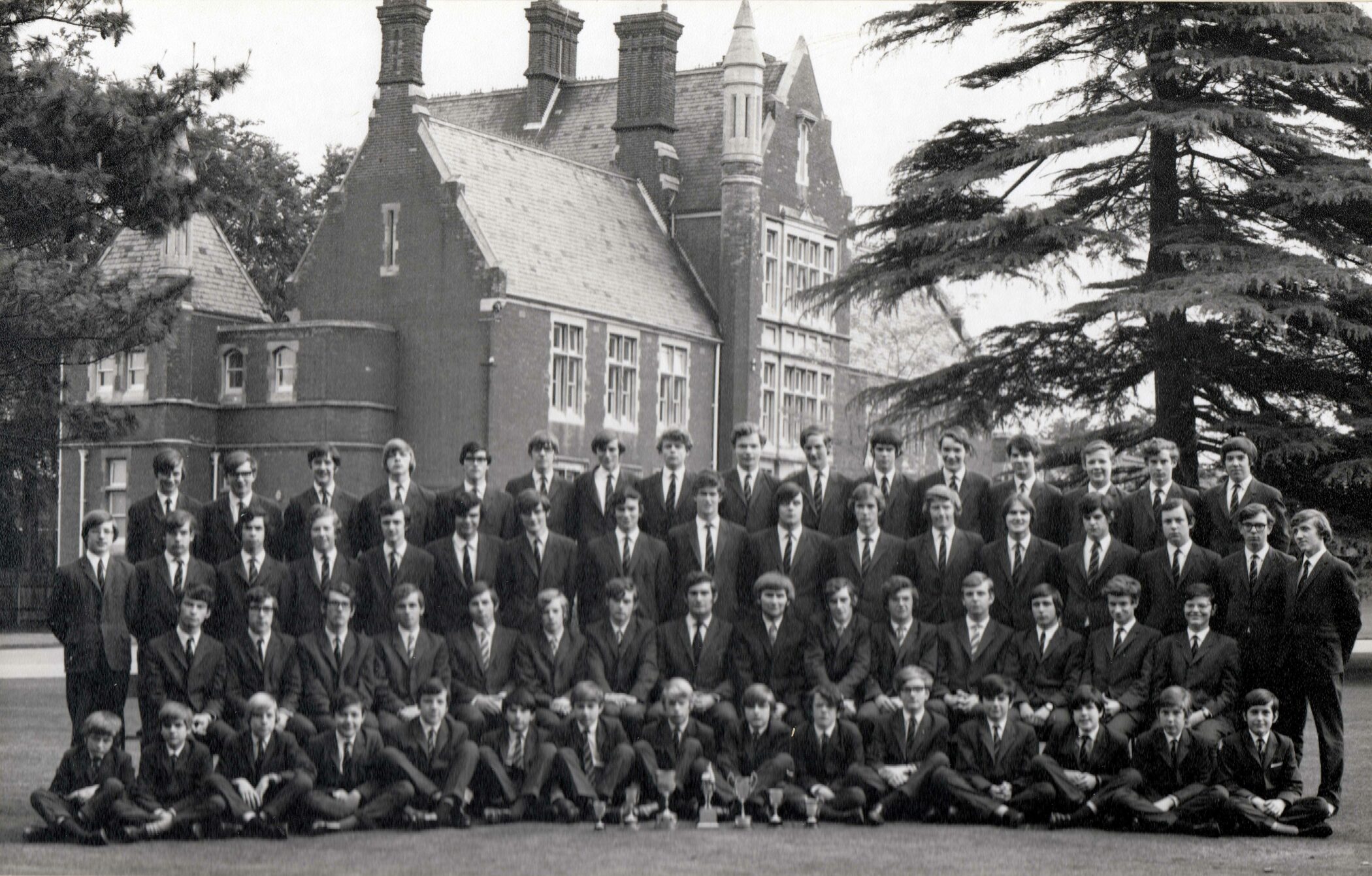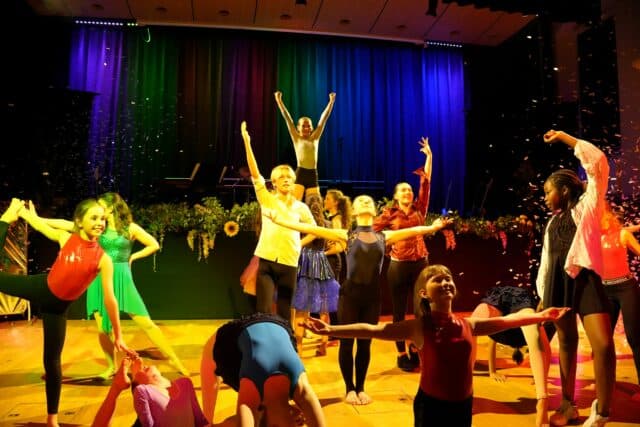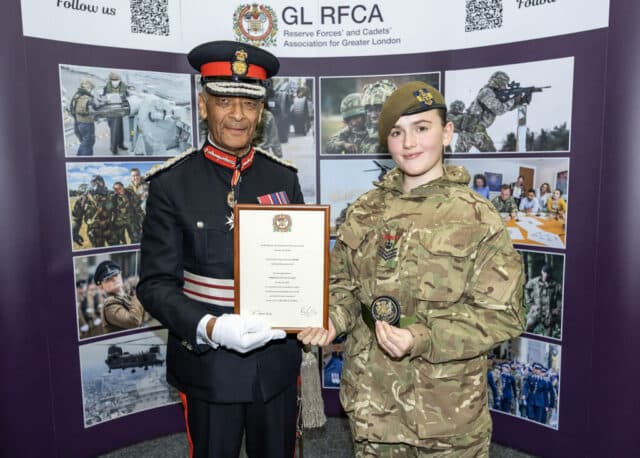Henry Robinson was born in May 1877, in Kensington, London. He was educated at St Paul’s School and Trinity College, Cambridge. He continued his medical studies at St George’s Hospital, but this was interrupted by the Boer War. He served as a private soldier in the university contingent of the 1st Battalion of the Suffolk Regiment.
Specialisation in anesthesiology
In 1903 he qualified with a specialisation in anesthesiology. After house appointments at St George’s, Great Ormond Street and the Royal Cancer Hospital he established his own practice in Kensington – balancing GP work and working as a consulting anaesthetist at the large London hospitals. He also found time to write for journals, textbooks and articles, including contributing to the Dictionary of Applied Chemistry and editing the fifth edition of Hewitt’s Anaesthetics.
During the Great War he served in the Royal Army Medical Corps. Returning to his practice after the war, he became very involved with the local community. He was a councillor and alderman of the Royal Borough of Kensington until 1937, Mayor of Kensington from 1928-1930, and also represented North London on the London County Council. He was also a Justice of the Peace and Deputy Lieutenant for London.
On the outbreak of the Second World War, Dr Robinson applied to re-enter the RAMC, despite being retired, but he was rejected due to his age. He then took posts in psychiatric hospitals for the duration of the war to make sure he contributed to the war effort.
Involved with a variety of medical charities
Dr Robinson was involved with a variety of medical charities. He was elected to the Council of the Medical Defence Union and in 1928 was honorary Treasurer. In 1938 he became the secretary of the Medical Insurance Agency and he was also involved with the British Medical Association. From 1926 he was on the Epsom College council, including as Chairman from 1936 to 1939 and Treasurer from 1952 until his death in 1960. He was also a member of the Conjoint Committee from 1932 to 1941. He fundraised tirelessly gathering the means for fully supported scholarships at the College.
Throughout his career Dr Robinson never missed a meeting unless he was travelling abroad. A member of Council at the time recalls that Dr Robinson returned from British Columbia after a six-month working visit; he arrived back in Liverpool on the day of a Conjoint Committee meeting. He received the agenda on board the ship, studied it on the train to Surrey and when he arrived he was the best-informed member of the committee – all at the age of 80.
Dr Robinson died on 30 September 1960, still in post as the Treasurer of the Epsom College Council.
The foundation of four “Henry Robinson” scholarships
Mr Raven, member of council, contributed to Dr Robinson’s obituary, recalling “His knowledge of the medical charities was unrivalled, and his capacity for clear thinking and for figures was the envy of all who served him. Perhaps on his retirement (from medical practice) the most touching tribute to his charitable work through the Medical Insurance Agency was the foundation of four “Henry Robinson” scholarships of £250 per annum each, to be awarded to chosen entrants to Epsom College. No more fitting mark of appreciation of his great gifts could ever have been made, and it is a matter of much satisfaction that he was able to himself choose the first few scholars to benefit.”
When a new day house was suggested in the 1960s, Dr Robinson’s death was still front of mind for the council members. Robinson House opened in 1968 with the Robinson family motto bestowed upon it: Virtute, non verbis (By virtue, not by words). The top of the Robinson family crest, a standing stag with a raised fore-foot, was also given to the House to become its crest.






